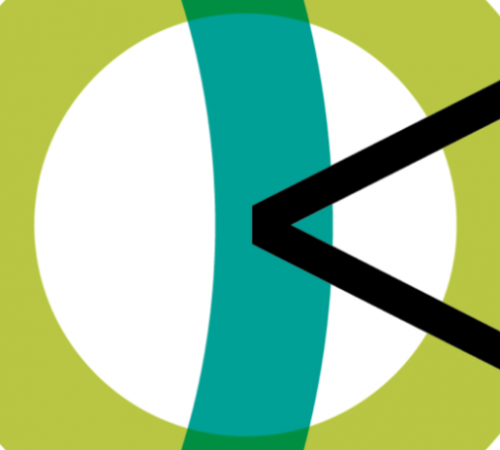The I SEE project produced five intellectual outputs.
(1) A start-up module: It consists of a set of materials and a manual on climate change for teachers and students in upper secondary school (ages 16-19) for implementing an innovative teaching-learning sequence in the classroom and in out-of-school contexts. The teaching module was developed in close collaboration by all partners. The module foresees three sets of activities aimed at developing, respectively: a) students’ conceptual and epistemological knowledge and skills, b) future-scaffolding skills, c) action competence and agency. Together these activities formed an intensive, week-long program of student group work, exercises, plenary lectures, a panel discussion and students’ presentations. The module was implemented in an international summer school in June 2017 in Bologna with a culturally diverse group of 24 Finnish, Icelandic and Italian secondary school students and their teachers.
(2) Three implemented I SEE modules on: a) climate change and carbon sequestration, b) artificial intelligence, and c) quantum computing. The modules represent an evolution of the start-up module. They follow the same aims, target group and approach, but their common structure emerged from an analysis of the start-up module. The duration of the modules when implemented is 10-20 hours. The modules contain lesson plans and materials for teachers’ use as well as materials for students’ guided and autonomous work. Instructions and tools for student evaluation are provided as well. The final form of the three modules are refined through cross implementations and feedback in secondary schools in Finland, Iceland and Italy.
O2. Three I SEE modules on Artificial Intelligence, Quantum Computing and Climate Change and Carbon Sequestration
- O2_ISEE_module_Artificial_Intelligence
- O2_ISEE_module_Quantum_computing_and_the_future_of_ICT_EN and O2_ISEE_module_Quantum_computing_and_the_future_of_ICT_FI
- O2_ISEE_module_Climate_Change_and_carbon_sequestration
(3) The I SEE module guide to implement and/or develop I SEE modules. The guide includes a description of the approach and of the design principles, commented examples and recommendations for implementations. The guide is targeted both at teachers and researchers in STEM education. Their discussion in the multiplier and dissemination events show that they represent, as we aimed, a real tool to transfer the modules and enhance their impact in schools.
O3_ISEE_Module_Guide_EN and O3_ISEE_Module_Guide_IT
(4) Case studies aimed to evaluate the potential of the I SEE modules to enhance students’ capacity to aspire to and to imagine their future. In order to evaluate such a potential, research studies on focal students or on focal collective dynamics have been carried out. In particular, the studies were developed to investigate:
– if and how the module impacted: i) students’ imagination toward the future and ii) students’ imagination about STEM careers;
– the progressive development of new STEM skills;
– the level and quality of inclusiveness created among students with different cultural backgrounds;
– the conditions that fostered or hindered the effectiveness of the modules.
The case studies were carried out through both quantitative and qualitative analysis. Instruments and data sources were elaborated include questionnaires, individual interviews, collective discussions, tutorials, audio/video records, specific grids and board diaries for observations. Data were collected during the implementation of the start-up module in 2017, and during two-rounds of cross-implementation of the three I SEE modules on climate change and carbon sequestration, artificial intelligence and quantum computing, in 2018 and 2019. The main results of the case studies are sets of operative markers that allow the definition and recognition of the future-scaffolding skills developed during the activities. These results have been always very appreciated in the research conferences where they were presented and, in particular, were noticed, during the ICLS conference in London, by the Editor in chief of Science Education, one of the most important journals in the field (with an high IF), who invited us to prepare a paper for the journal.
(5) Recommendations targeted at educational institutions (e.g. schools, educational centres, universities, research institutions, companies with an educational division). The recommendations are the result of a meta-analysis of the implementations carried out during the project and contribute to:
– making science teaching relevant from a scientific, professional, social and personal point of view and effective for supporting students to “see” their future and to take accountability for it;
– enhancing the capacity of schools, universities, educational centres, NGOs and entrepreneurs to create local, regional and national forms of collaboration aimed at: (i) influencing the way science is taught in schools, (ii) fostering students’ capacity to aspire and to imagine their future, and (iii) attracting, orienting and preparing students for future STEM careers, adhering to the values embedded in the EU’s concept of Responsible Research and Innovation.
O5_policy_recommendations_flyer_version and O5_Policy_recommendations_long_version

